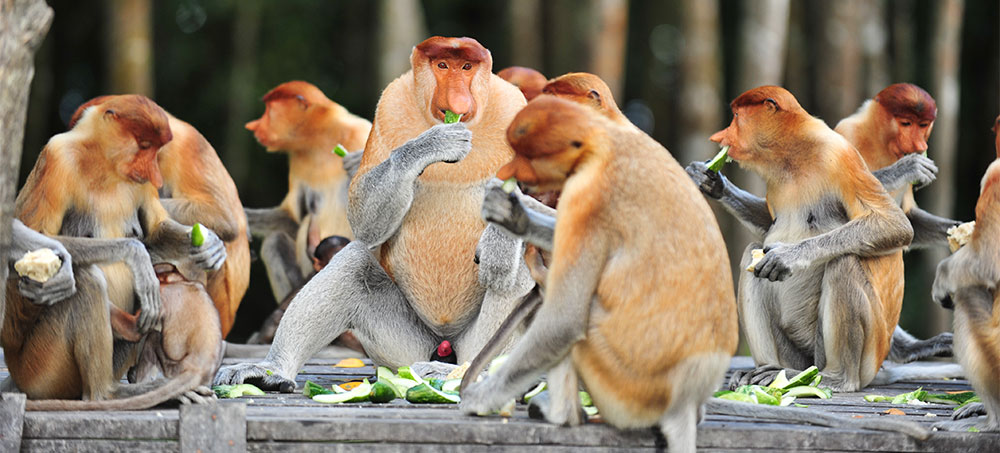
Malaysia’s state of Sabah is located in the northern portion of Borneo Island, the third-largest island in the world. The island is politically divided among Malaysia and Brunei in the north, and Indonesia (Kalimantan) in the south. The “East Malaysian” states of Sabah and Sarawak make up about 26% of the island. Sabah is less than half the size of Sarawak and occupies the most northern tip of the island.
Borneo is home to one of the oldest rainforests in the world, and Sabah has no shortage of untamed jungles. While large portions of the state remain inaccessible to most hikers, several trails with accommodation are open.
The reddish-orange proboscis monkey (nasalis larvatus) is named after its huge pendulous nose – also locally called orang belanda (Dutchman)
With over 1,600 known species of animals, birds, amphibians and reptiles, the jungle is an Eden-like paradise. Sadly, the jungle is fast disappearing due to deforestation and the encroachment of oil palm plantations. According to Greenpeace, some of the world’s biggest brands are still linked to rainforest destruction in Indonesia. These include Unilever, Nestlé, Colgate-Palmolive and Mondelez.
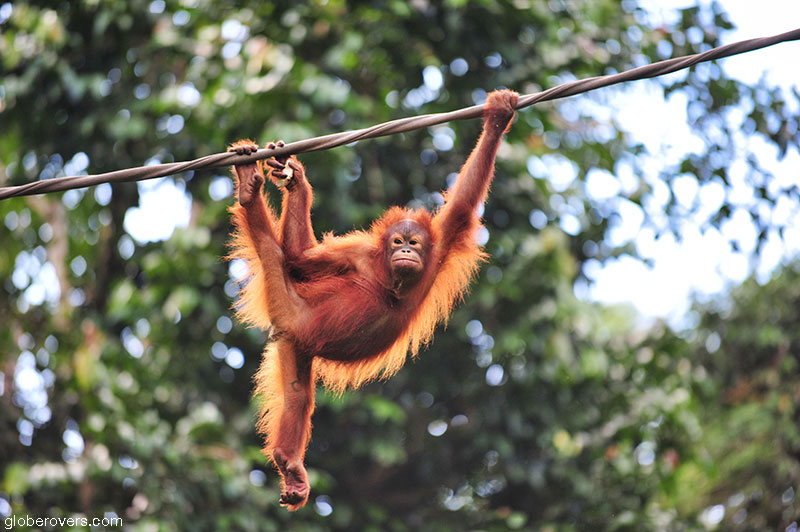
Sabah is known for its rich biodiversity and wildlife. However, the rapid deforestation in Sabah has caused massive habitat destruction and pushed many species to the brink of extinction. Wildlife poaching to supply the illegal pet trade and those with a taste for rare exotic meat are speeding up the extinction. Among the animals of Sabah under threat are the proboscis monkey, orangutan, clouded leopard, Borneo rhino, Borneo pygmy elephant, slow loris, and the binturong bearcat.
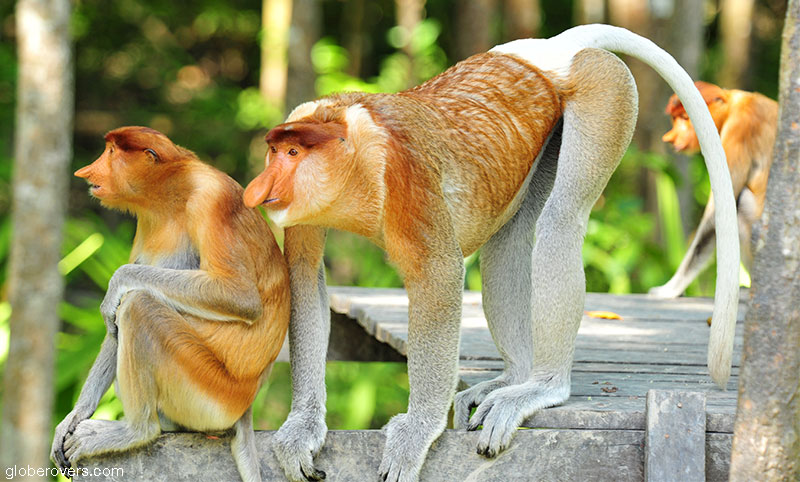
Come along as we visit Borneo to photograph the proboscis monkeys and orangutans in their natural habitats at the Sepilok Reserve and elsewhere. We start our trip at the laidback town of Kota Kinabalu, the gateway to Sabah, and also visit Pulau Tiga, one of the most beautiful islands off the coast of Borneo.
Kota Kinabalu – Sabah’s Gateway
Kota Kinabalu, affectionately known as KK, is the state capital of Sabah and lies west of Mount Kinabalu (4,095 metres / 13,435 ft), which gave the city its name. Mainly serving as the gateway to Borneo Island, the city has a few interesting attractions.
The Masjid Negeri Sabah (Sabah State Mosque) is a masterpiece of architecture with its dove-grey walls and glittering majestic domes with gold inlay.
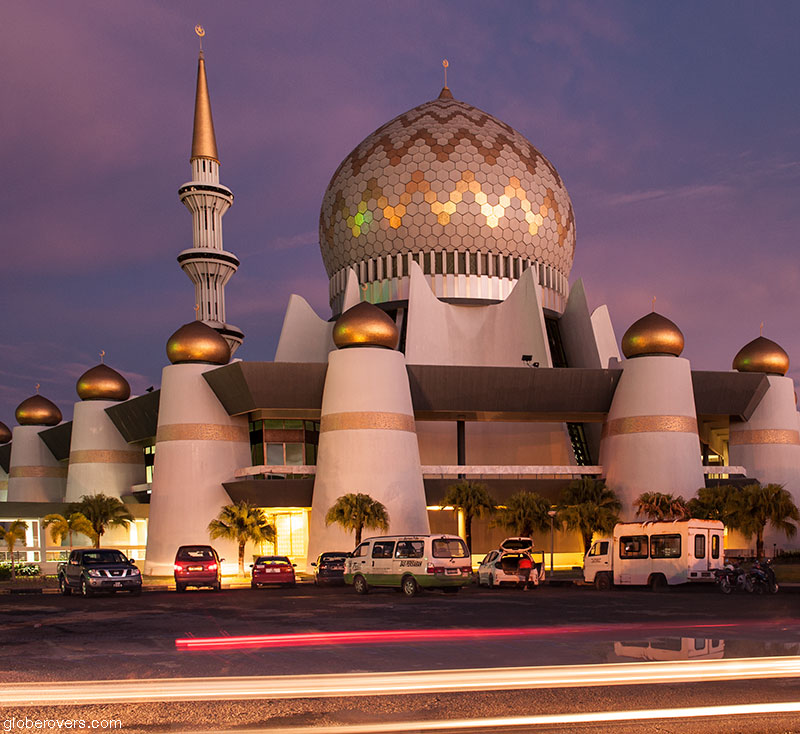
The second main mosque is the Kota Kinabalu City Mosque at Likas Bay which can accommodate up to 12,000 worshippers. It is partially surrounded by an artificial lagoon.

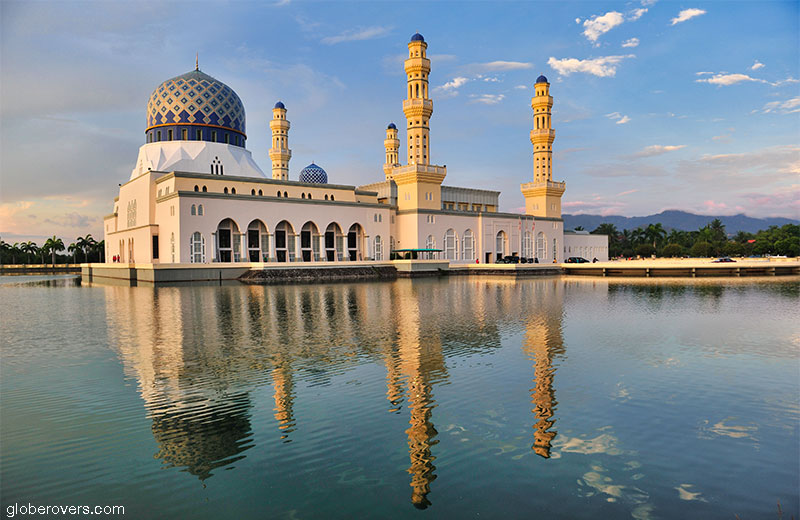
From Signal Hill Observatory Tower you can get a fantastic view over Kota Kinabalu, the South China Sea, and several small islands.
Located about 20 kilometres (12 mi) south of the city is the Lok Kawi Wildlife Park which covers about 280 acres of land. The park features species such as the Sumatran rhinoceros, proboscis monkeys, Malayan tigers, orangutans, Borneo pygmy elephants and colourful hornbills.
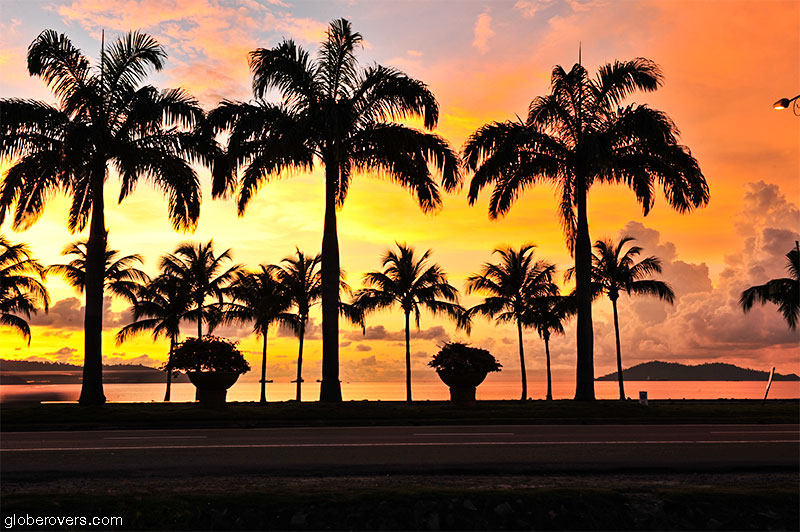
Sandakan and the Sepilok Reserve
Sandakan, the second largest town in Sabah after Kota Kinabalu, is located along the Sulu Sea, over 300 kilometres (186 mi) east of Kota Kinabalu. A road trip from Kota Kinabalu takes about 6 hours while one of the many daily flights on Malaysia Airlines or AirAsia takes just 45 minutes.
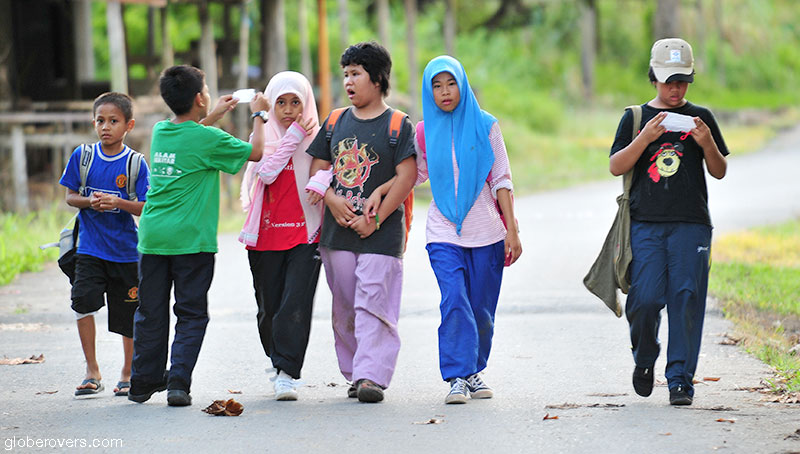
While the town has a few interesting spots such as fresh markets and the Sandakan Memorial Park, it is worth taking a short trip out of town to the Puu Gih Jih Chinese temple and Kampung Buli Sim Sim, a picturesque traditional Malay water village on stilts. It is an atmospheric (and pungent) place to just wander around.
☛ Read more: Orangutans of Borneo & Sumatra
The region’s best attractions are further afield and include the Sepilok Orang Utan Rehabilitation Centre, Labuk Bay Proboscis Monkey Sanctuary, Turtle Islands Park, and the Gomantong Caves that are home to many swallow nests. Spend time with the proboscis monkeys and orangutans. The proboscis monkey sanctuary is about 40 kilometres (25 mi) east of town while the orangutans are halfway at the edge of the Kabili-Sepilok Forest Reserve.
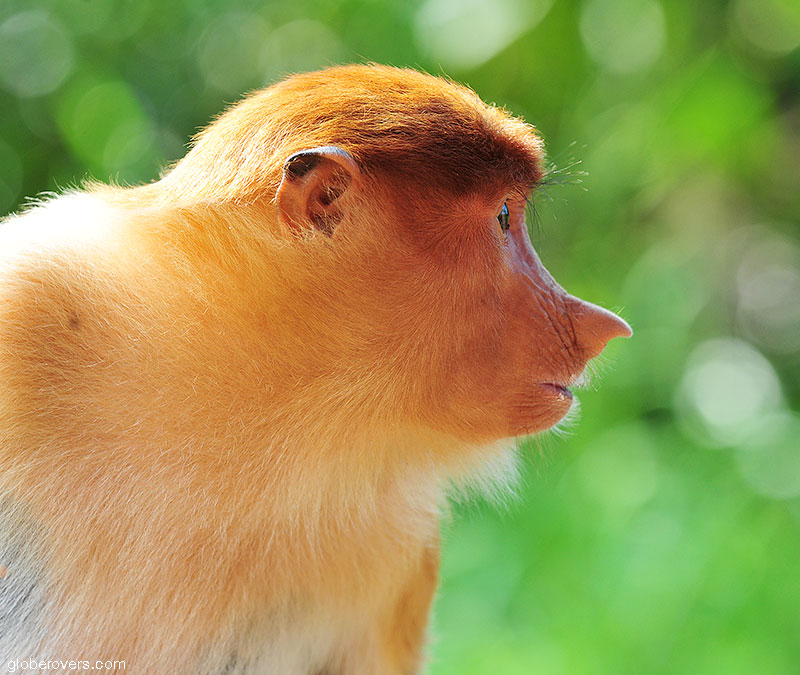
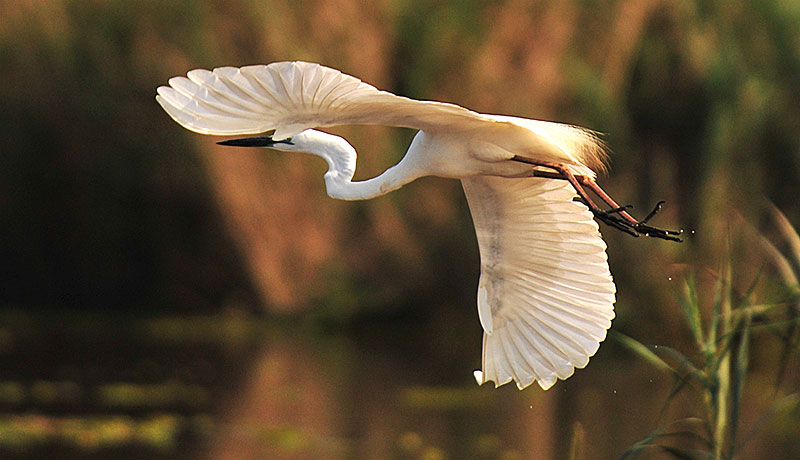
Pulau Tiga
Located in Kimanis Bay off the western coast of Sabah, Tiga Island was formed in 1897 when an earthquake on the Philippine island of Mindanao caused a volcanic eruption near Borneo. Tiga Island is one of the three islands that make up Tiga Island National Park.
The island’s claim to fame is being the first-ever ‘secret’ location for the TV hit reality series, ‘Survivor’. Hence, many refer to Pulau Tiga as Survivor Island.
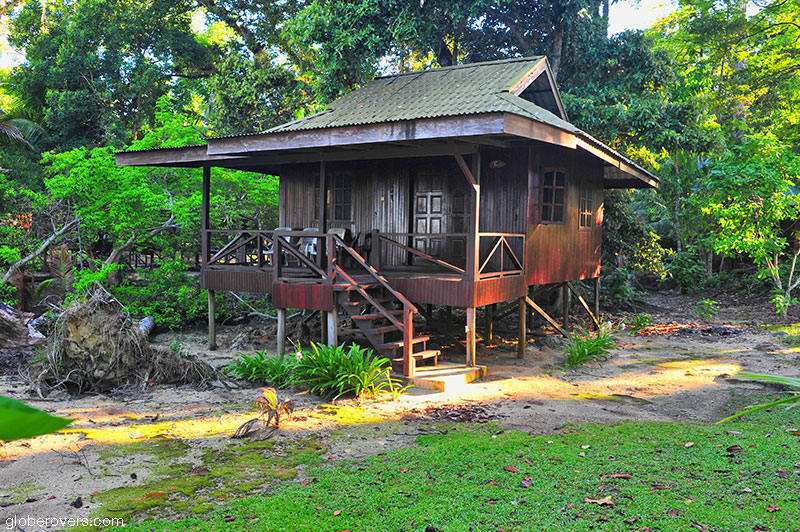
Located about 10 kilometres (6 mi) off the coast, the island is reached by a 30 to 40-minute boat ride from the small settlement of Kuala Penyu. An overnight stay is better than a day trip. Stay at the Pulau Tiga Resort which offers recreational opportunities such a diving, fishing, billiards, and non-motorized water sports.

The island is famous for its therapeutic natural active mud volcanoes, however, at the time I visited they were in a dire state. While the trails around the island are worth the hike, the best attraction of the island is the beaches and the incredibly beautiful sunsets over the South China Sea.
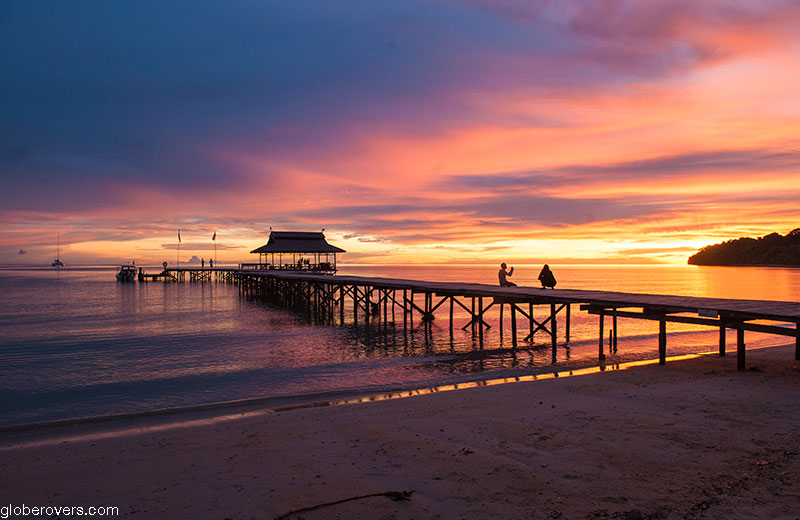
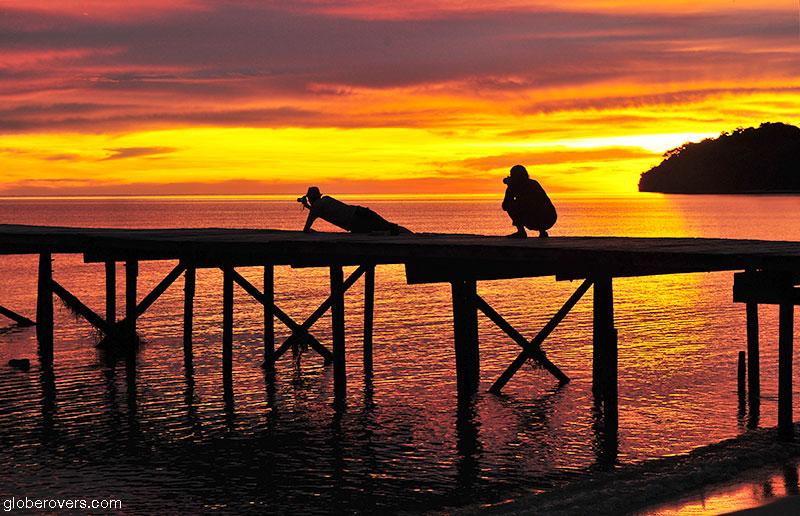
☛ Read more: Mosques of Borneo Island

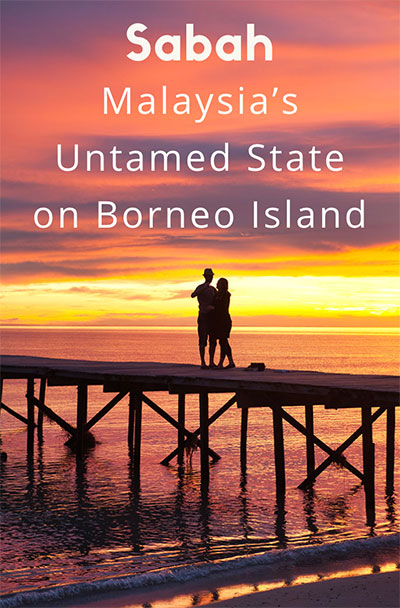

Blog post and photos by Peter who has been travelling almost full-time since 2005 and has been to over 122 countries. He visited several countries, such as Japan, more than 20 times. Peter is Editor-in-Chief and Publisher of GlobeRovers Magazine, an independent travel magazine focused on intrepid destinations.
